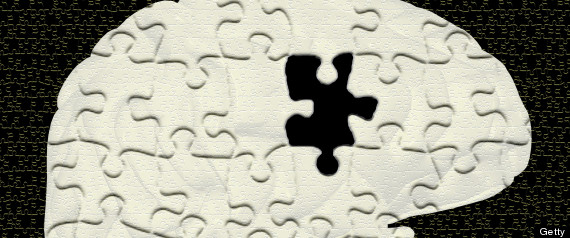
Different parts of the brain are affected in women with autism[1] than in men with autism, according to a new study.
Autism is known to affect boys more often than girls -- one in 54 boys[2] , versus one in 252 girls -- and this new finding provides evidence for researchers that the disease might not manifest in the brain exactly the same way between the sexes. Because there are so many more males with autism than females, research on how autism affects the brain is skewed toward males.
The study, published in the journal Brain[3] , is based on MRI brain scans of 120 men and women (30 men with autism, 30 women with autism, 30 men without autism and 30 women without autism).
"We compared the brains of male patients with and without autism, so we have a pattern to demonstrate how autism manifests in the brain[4] , and then do the same thing for females," study researcher Dr. Meng-Chuan Lai explained to Fox News. "So if autism manifests the same for males and females, then the (patterns would be) quite alike. If it manifests differently by gender, then the two patterns would be quite distinct. And that's what we found."
Indeed, researchers found that the brains of the women with autism showed neuroanatomical "masculinization." [5]
Lai explained to Fox News that "in terms of brain morphology, females with autism[6] look more alike to typical developing males when they are compared to typical developing females … So the brain change in females with autism (are) actually shifting towards typical developing males."
This isn't the first time autism has appeared to be different between males and females. HealthDay reported on research earlier this year showing that there are differences in social disability between boys and girls that can be deduced from how long they learn from their eyes.
"In boys, the more they looked at the eyes, the less socially disabled they are. In girls, the more they looked at the eyes, the more disabled they are," Ami Klin, who is the chief of the division of autism and related disorders at Emory University School of Medicine and Children's Healthcare, told HealthDay[7] .
In addition, TIME reported on a potential genetic difference between boys and girls with autism[8] -- boys are more likely to possess a gene for autism risk, called CACNA1G, than girls.
Also on HuffPost:
References
- ^ affected in women with autism (www.eurekalert.org)
- ^ one in 54 boys (www.cdc.gov)
- ^ journal Brain (brain.oxfordjournals.org)
- ^ autism manifests in the brain (www.foxnews.com)
- ^ showed neuroanatomical "masculinization." (www.eurekalert.org)
- ^ females with autism (www.foxnews.com)
- ^ told HealthDay (health.usnews.com)
- ^ genetic difference between boys and girls with autism (www.time.com)
- ^ Send us a tip (www.huffingtonpost.com)
- ^ Send us a photo or video (www.huffingtonpost.com)
- ^ Suggest a correction (www.huffingtonpost.com)

0 comments:
Post a Comment